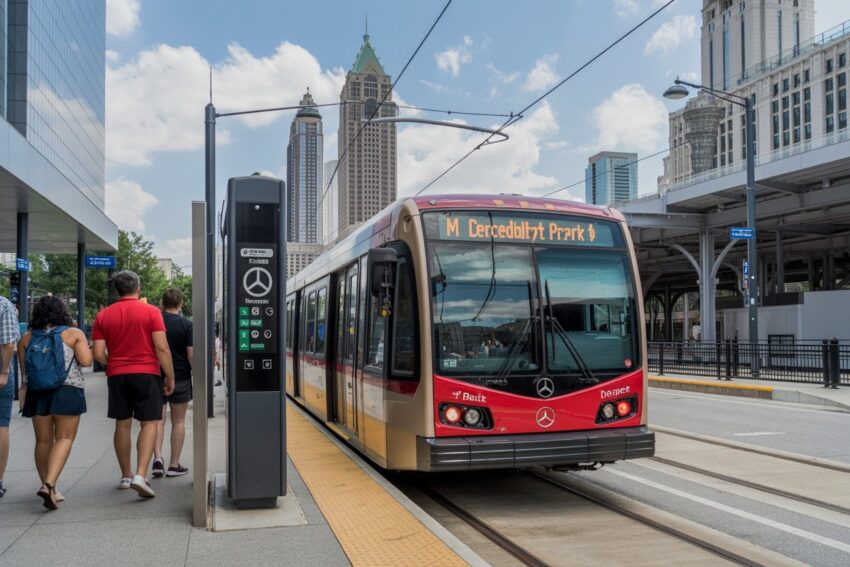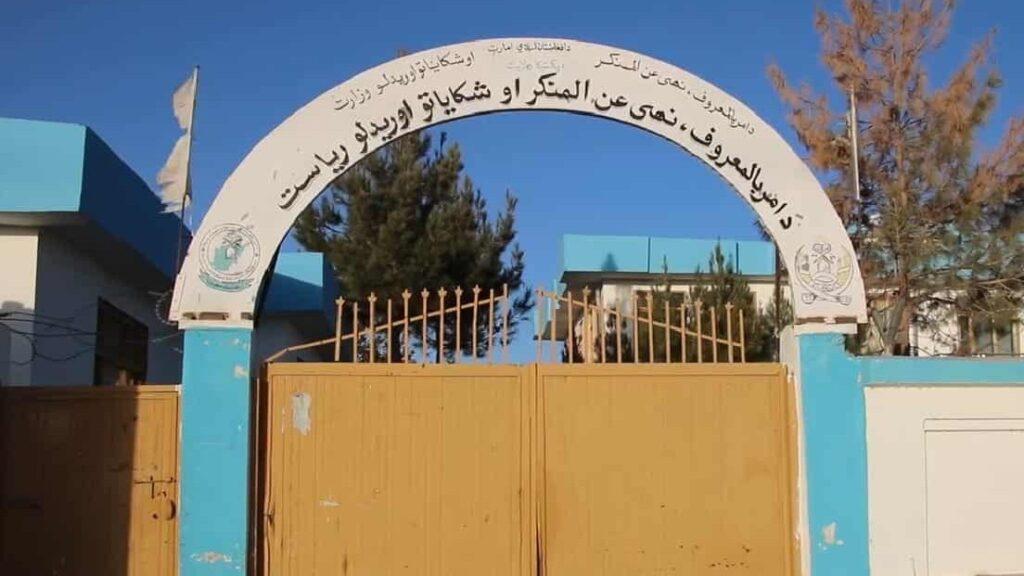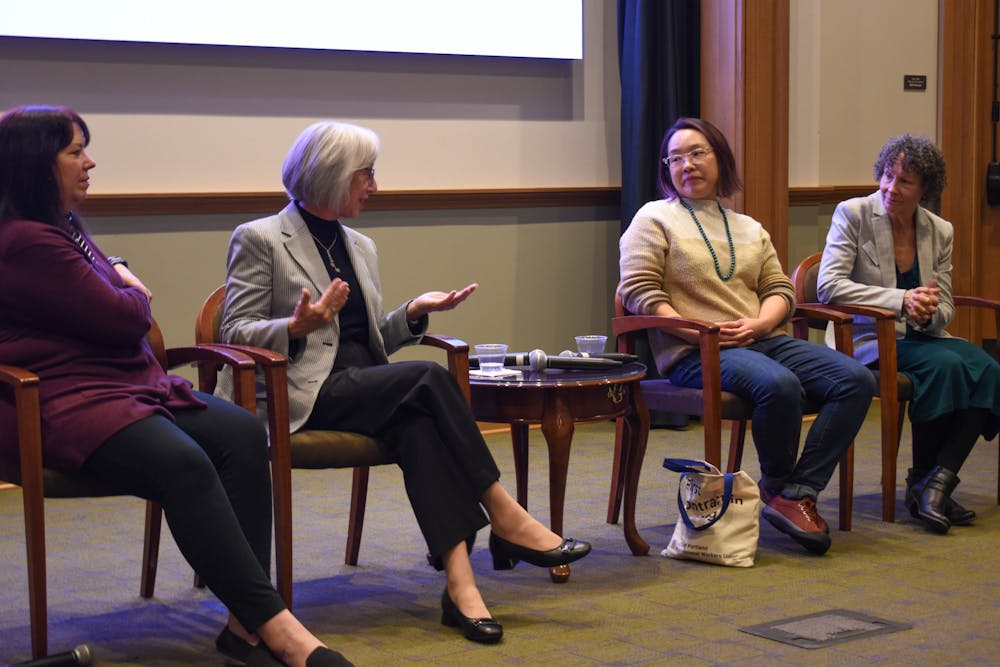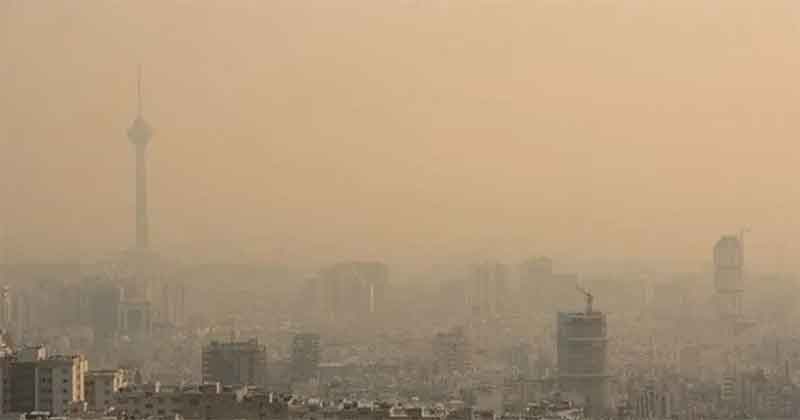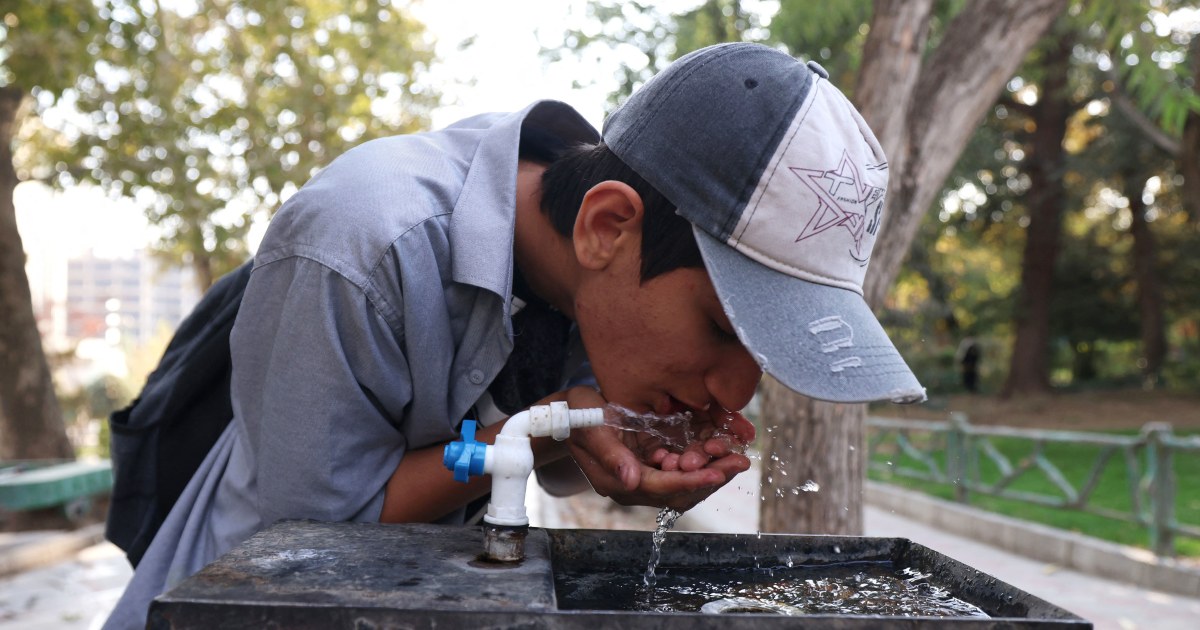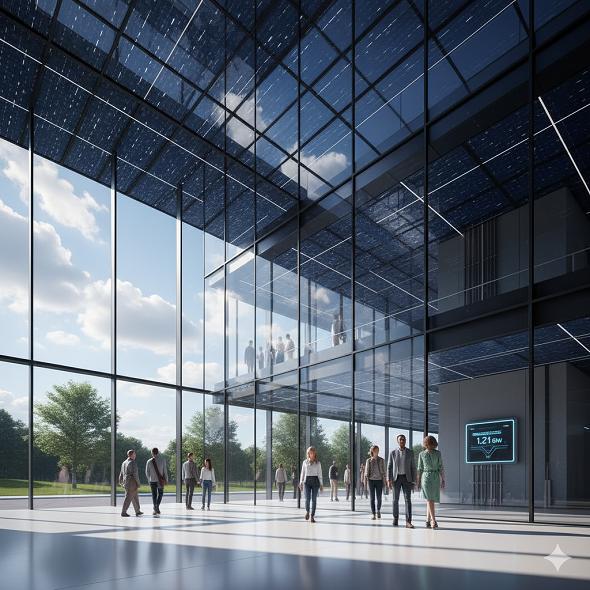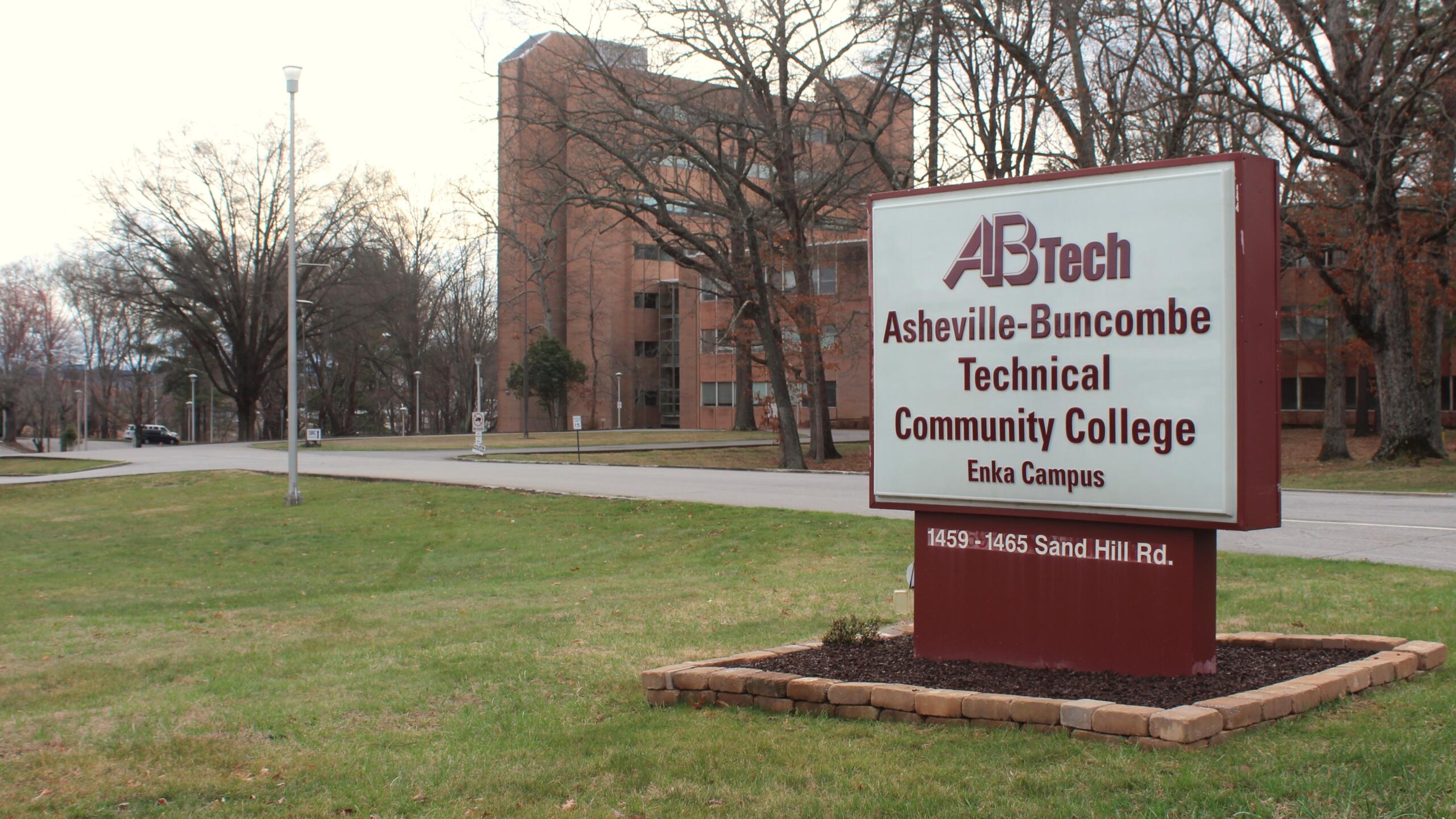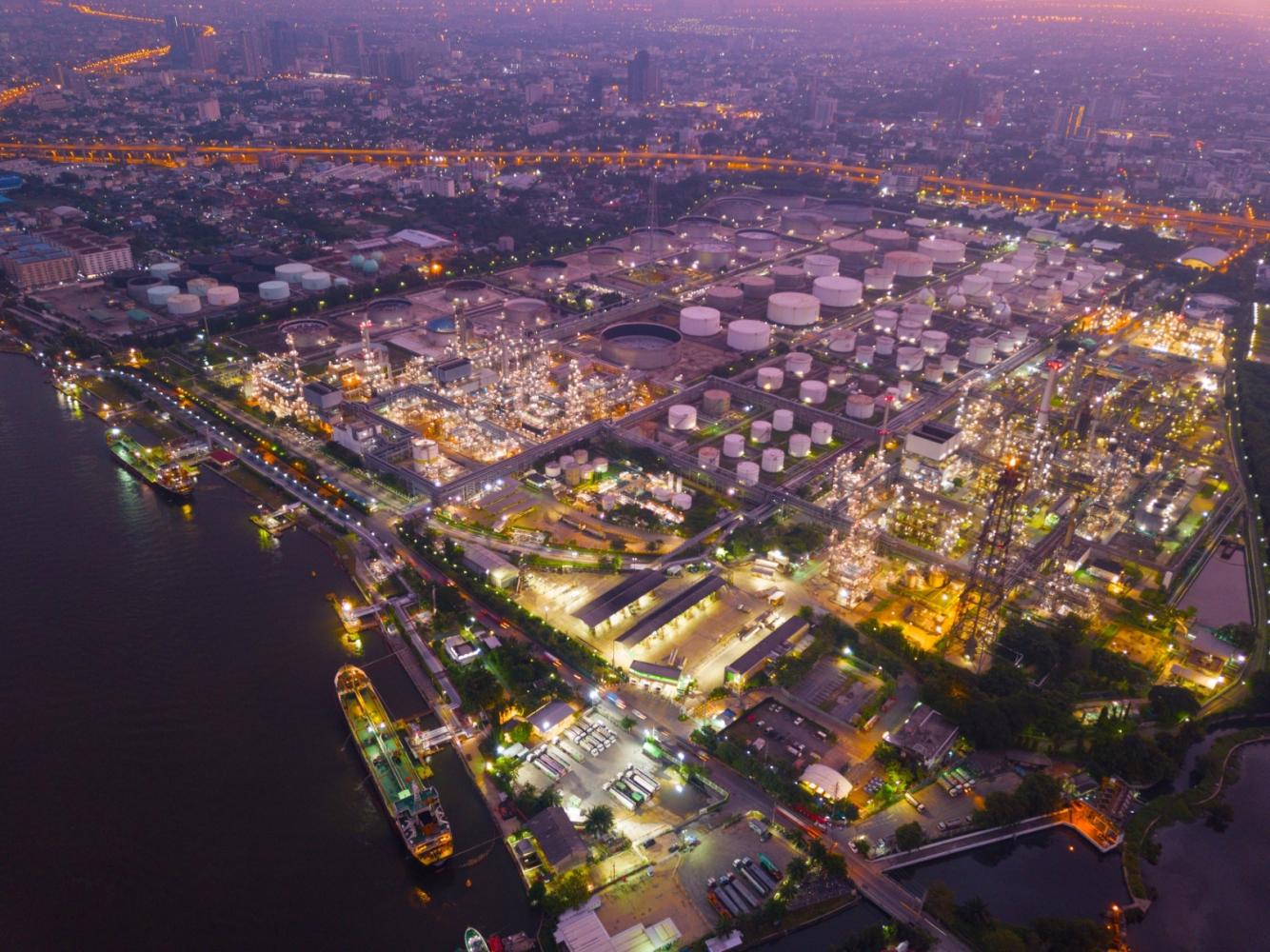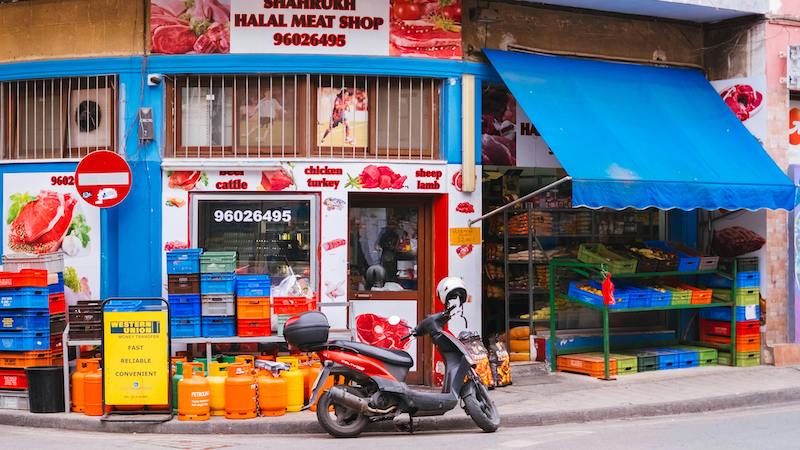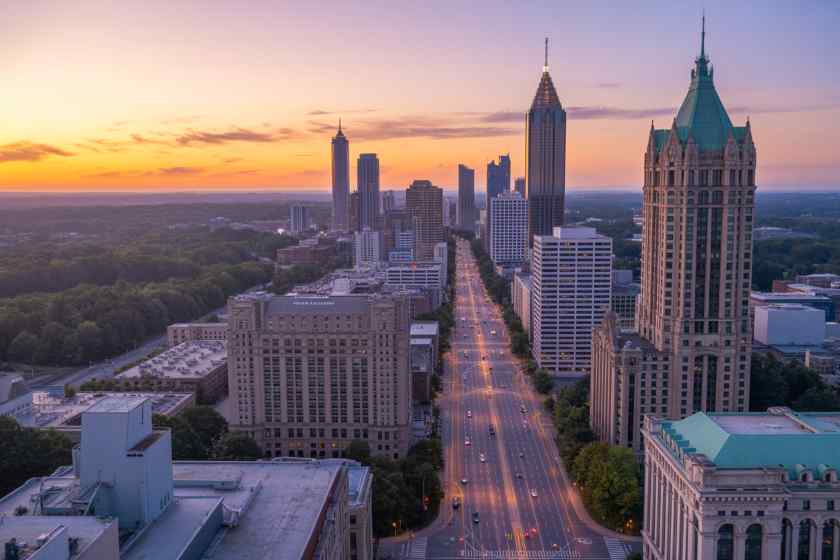Planning Commission OKs new condo development on Black Avenue – Pleasanton Weekly

Project Report: Residential Development at 4400 Black Avenue, Pleasanton
Executive Summary
The Pleasanton Planning Commission has unanimously approved a residential development project at 4400 Black Avenue. This project involves the demolition of an existing commercial structure to construct 59 condominiums and seven accessory dwelling units (ADUs). The development is a direct response to state-mandated housing requirements and aligns with several key United Nations Sustainable Development Goals (SDGs), particularly SDG 11 (Sustainable Cities and Communities), by increasing housing density, providing affordable units, and redeveloping underutilized urban space.
Alignment with Sustainable Development Goals (SDGs)
SDG 11: Sustainable Cities and Communities
The project is a significant initiative towards making Pleasanton more inclusive, safe, resilient, and sustainable.
- Target 11.1 – Access to Adequate and Affordable Housing: The development directly addresses the regional housing shortage by creating 66 new residential units. Critically, it includes nine deed-restricted units for lower-income households, with seven designated for low-income families and two for very-low-income families, thus contributing to housing equity.
- Target 11.3 – Inclusive and Sustainable Urbanization: By re-zoning and redeveloping a commercial site for high-density residential use, the project promotes sustainable land use. It creates a more compact urban form adjacent to existing community infrastructure, including Amador Valley High School, a community park, and an aquatic center.
- Target 11.2 – Sustainable Transport Systems: While concerns about increased traffic were a central point of discussion, the project’s location offers potential for reduced vehicle dependency. Its proximity to schools and amenities encourages walking and non-motorized transport. The city’s traffic engineer noted that the residential use would generate less traffic during peak evening hours compared to the previous commercial use.
SDG 1 & SDG 10: No Poverty & Reduced Inequalities
The provision of affordable housing is a cornerstone of poverty reduction and tackling inequality.
- The inclusion of deed-restricted units ensures that families with lower incomes have access to safe, quality housing in a high-opportunity area, thereby reducing economic and social inequalities within the community.
SDG 8: Decent Work and Economic Growth
The project contributes to local economic vitality through the following means:
- Creation of construction jobs during the development phase.
- Long-term economic contribution through property taxes and local spending by new residents.
Project Details and Commission Proceedings
Development Specifications
- Applicant: The True Life Companies
- Location: 4400 Black Avenue, adjacent to Amador Valley High School
- Structures: 10 three-story buildings
- Unit Mix: 59 townhome-style condominiums and 7 ADUs
- Unit Size: Ranging from approximately 1,446 to 2,224 square feet, with three or four bedrooms
- Parking: 127 residential spaces (private two-car garages) and 9 visitor spaces
Stakeholder Deliberations and Concerns
The Planning Commission’s approval followed a comprehensive discussion that balanced state mandates with local community concerns, reflecting a participatory approach to urban planning (SDG 11.3).
- Primary Concern: Residents and commissioners raised significant concerns regarding the potential for increased traffic congestion and safety issues on Black Avenue.
- Commission’s Position: Commissioners acknowledged the traffic challenges but noted that their authority was limited by the site’s prior designation for residential development under the city’s Housing Element, a plan designed to meet state-mandated housing targets.
- Developer’s Commitment: The applicant expressed a commitment to working collaboratively with the city and community to mitigate impacts, embodying the principles of SDG 17 (Partnerships for the Goals).
Conclusion
The approval of the 4400 Black Avenue project represents a mandatory step in addressing the regional housing crisis while advancing Pleasanton’s commitment to sustainable urban development. Despite valid concerns about traffic, the project’s alignment with key SDGs—by providing affordable housing, promoting sustainable land use, and encouraging a walkable community—was a determining factor in the Commission’s unanimous decision. The project serves as a case study in balancing state-level housing mandates with local planning priorities to foster more sustainable and equitable communities.
Analysis of Sustainable Development Goals (SDGs) in the Article
1. Which SDGs are addressed or connected to the issues highlighted in the article?
-
SDG 11: Sustainable Cities and Communities
The article’s primary focus is on urban development, specifically the construction of new housing in Pleasanton. It discusses issues of urban planning, housing availability, infrastructure (traffic), and community concerns, all of which are central to SDG 11.
-
SDG 10: Reduced Inequalities
The project includes provisions for affordable housing, specifically “nine of the units will be deed-restricted lower-income housing units.” This directly addresses the goal of reducing inequalities by ensuring access to adequate housing for lower-income families.
2. What specific targets under those SDGs can be identified based on the article’s content?
-
Under SDG 11: Sustainable Cities and Communities
-
Target 11.1: By 2030, ensure access for all to adequate, safe and affordable housing and basic services.
The article details the construction of “59 condominiums and seven accessory dwelling units” to meet the state’s housing mandate. The inclusion of “seven [units] for low income families and two… for very low income families” directly supports the goal of providing affordable housing.
-
Target 11.2: By 2030, provide access to safe, affordable, accessible and sustainable transport systems for all.
The article heavily discusses the project’s impact on traffic, with residents and commissioners expressing concerns about congestion. It also mentions potential sustainable transport options, as a commissioner noted, “This is a location where people can walk to and from,” due to its “proximity to surrounding amenities and schools.”
-
Target 11.3: By 2030, enhance inclusive and sustainable urbanization and capacity for participatory, integrated and sustainable human settlement planning and management.
The entire process described—the Planning Commission’s approval, the city’s rezoning based on its Housing Element, and the public comment period where residents voiced concerns—exemplifies participatory and integrated urban planning, which is the core of this target.
-
Target 11.1: By 2030, ensure access for all to adequate, safe and affordable housing and basic services.
-
Under SDG 10: Reduced Inequalities
-
Target 10.2: By 2030, empower and promote the social, economic and political inclusion of all, irrespective of age, sex, disability, race, ethnicity, origin, religion or economic or other status.
By mandating deed-restricted units for low and very low-income families, the project promotes the social and economic inclusion of people from different economic statuses, ensuring they have access to housing within the community.
-
Target 10.2: By 2030, empower and promote the social, economic and political inclusion of all, irrespective of age, sex, disability, race, ethnicity, origin, religion or economic or other status.
3. Are there any indicators mentioned or implied in the article that can be used to measure progress towards the identified targets?
-
For Target 11.1 (Affordable Housing):
- Indicator (Mentioned): The number of new housing units created. The article specifies “59 condominiums and seven accessory dwelling units.”
- Indicator (Mentioned): The proportion of new housing units that are affordable. The article states that “Nine of the units will be deed-restricted lower-income housing units,” which is a direct measure of progress.
-
For Target 11.2 (Sustainable Transport):
- Indicator (Implied): Traffic volume and congestion levels. The article refers to a traffic analysis, noting the project “would actually see less traffic during peak evening hours” compared to the previous commercial use, and residents’ concerns about future congestion serve as a qualitative indicator.
- Indicator (Implied): Proximity of housing to services and amenities. The project’s location “adjacent to the Amador Valley High School sports field” and its “proximity to surrounding amenities and schools” is mentioned as a factor that could encourage walking over driving.
-
For Target 11.3 (Participatory Planning):
- Indicator (Implied): Existence of a participatory planning process. The article describes the Planning Commission’s public meeting, the opportunity for residents to speak (“10 residents who live in that area also spoke during public comment”), and the commission’s deliberation, which demonstrates a system for community participation in urban planning.
-
For Target 10.2 (Inclusion):
- Indicator (Mentioned): The number of housing units designated for specific income levels. The article provides exact figures: “seven would be for low income families and two would be deed-restricted to very low income families.” This quantifies the effort to promote economic inclusion.
4. Summary Table of SDGs, Targets, and Indicators
| SDGs | Targets | Indicators |
|---|---|---|
| SDG 11: Sustainable Cities and Communities | 11.1: Ensure access for all to adequate, safe and affordable housing. |
|
| 11.2: Provide access to safe, affordable, accessible and sustainable transport systems. |
|
|
| 11.3: Enhance inclusive and sustainable urbanization and participatory planning. |
|
|
| SDG 10: Reduced Inequalities | 10.2: Promote social, economic and political inclusion of all. |
|
Source: pleasantonweekly.com
What is Your Reaction?
 Like
0
Like
0
 Dislike
0
Dislike
0
 Love
0
Love
0
 Funny
0
Funny
0
 Angry
0
Angry
0
 Sad
0
Sad
0
 Wow
0
Wow
0



